An overall architectural plan of an ancient capital is gradually revealed, allowing us to clearly see the architectural planning and construction methods, and the arrangement of the citadel architecture of a Vietnamese feudal monarchy in the late 14th and early 15th centuries.
Ho Dynasty Citadel was recognized by UNESCO as a World Cultural Heritage in 2011. After 14 years of recognition, this place has become a famous tourist destination of Thanh Hoa province, welcoming hundreds of thousands of visitors each year.
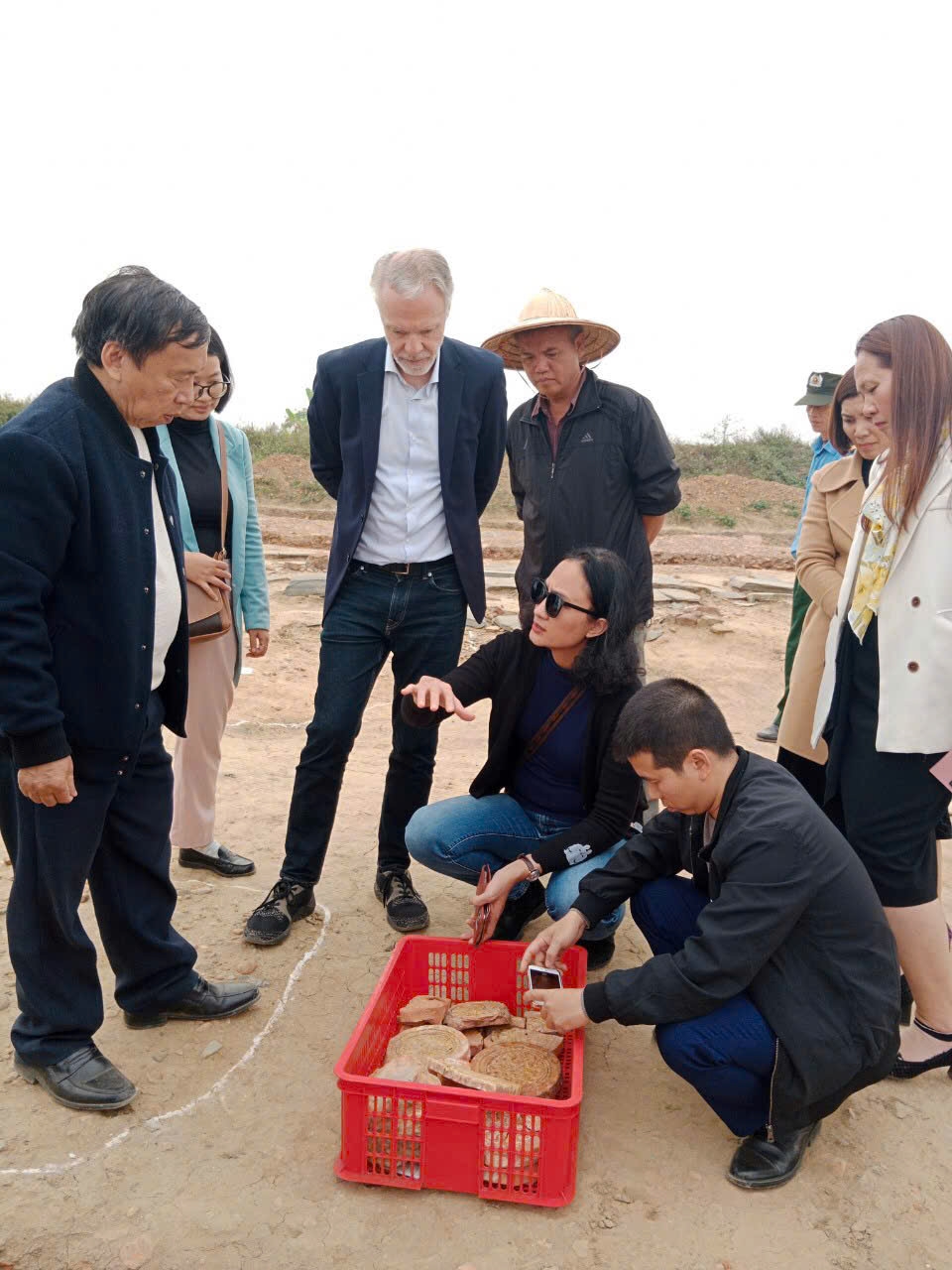
From the existing citadel walls and gates, archaeologists have discovered many important structures in Ho Dynasty Citadel such as: Hoang Nguyen Palace (main palace); Dong Thai Mieu; Tay Thai Mieu... along with a system of extremely unique and valuable relics and artifacts.
Dr. Nguyen Ba Linh, Director of the Ho Dynasty Citadel Heritage Conservation Center, said that from the existing citadel walls and gates, archaeologists have discovered many important structures in the Ho Dynasty Citadel such as: Hoang Nguyen Palace (main palace); Dong Thai Mieu; Tay Thai Mieu... along with a system of extremely unique and valuable relics and artifacts.
Those important archaeological discoveries have clearly demonstrated that the Ho Dynasty Citadel was an ancient capital that was planned and built completely, systematically, and according to standards with full temples, shrines, palaces, roads, and was used throughout many feudal monarchies of Vietnam as the administrative - political - military center of the country and region at that time.
Dr. Nguyen Ba Linh said: "The archaeological excavation process has been carried out for 10 years now. UNESCO regulations require archaeological excavation and careful research before restoration and preservation. Therefore, in the initial stage of recognition, preserving the integrity of the title is the most important. In recent years, the province and the cultural sector have issued many documents and implemented a series of regulations and rules to protect that integrity and authenticity."
Notably, the Nam Giao Tay Do Altar is an important structure in the overall heritage site of the Ho Dynasty Citadel. Excavation and archaeology have basically determined the appearance of an ancient altar with an almost intact architectural foundation. The altar walls and the levels of the altar foundation were discovered and are located within the throne arm of the Don Son range - where the altar is located....
From this result, the authorities and scientists of Thanh Hoa province have urgently preserved and kept the current state to serve the needs of the people and tourists. In recent years, Ho Dynasty Citadel Tourism has had many innovations, meeting the needs of visitors when coming to the Heritage. Many attractive tourism products have been and are being deployed in the heritage area, loved by tourists.

The artifacts collected from excavations and archaeology have told the cultural story of many successive dynasties in the history of existence and development of Tay Do citadel.
Bui Viet Trang, a tourist visiting Thanh Nha Ho, shared: "In my imagination, Thanh Nha Ho is just a stone gate, but when I step in here, there are antiques on display and I am guided to visit. There are also many beautiful lotus ponds, making me feel peaceful and love my homeland more."
Dr. Nguyen Ba Linh, Director of the Ho Dynasty Citadel Heritage Conservation Center, added that currently, the "Western Capital agricultural cultural space" has been put into operation, with the purpose of displaying and introducing to the public, especially the young generation, a better understanding of traditional farming tools, the simple and honest life, the industrious and creative spirit of farmers, containing the simple and pure cultural activities of people and Vietnamese villages, contributing to the preservation of the values of material and spiritual cultural heritage and the quintessence of our ancestors.
Dr. Nguyen Ba Linh said: "Currently, we are taking advantage of the inherent cultural resources of Vinh Loc land, which are ancient villages, lifestyles, communal houses, temples, shrines, and nearby relics to develop tourism. Currently, the Ho Dynasty Citadel Heritage Conservation Center has opened 3 key tourist routes, 1 ancient village tour route; 1 spiritual tour route in the buffer zone; 1 scenic tour route in the buffer zone; our electric car drivers have driven to those places, and tourists are very satisfied."
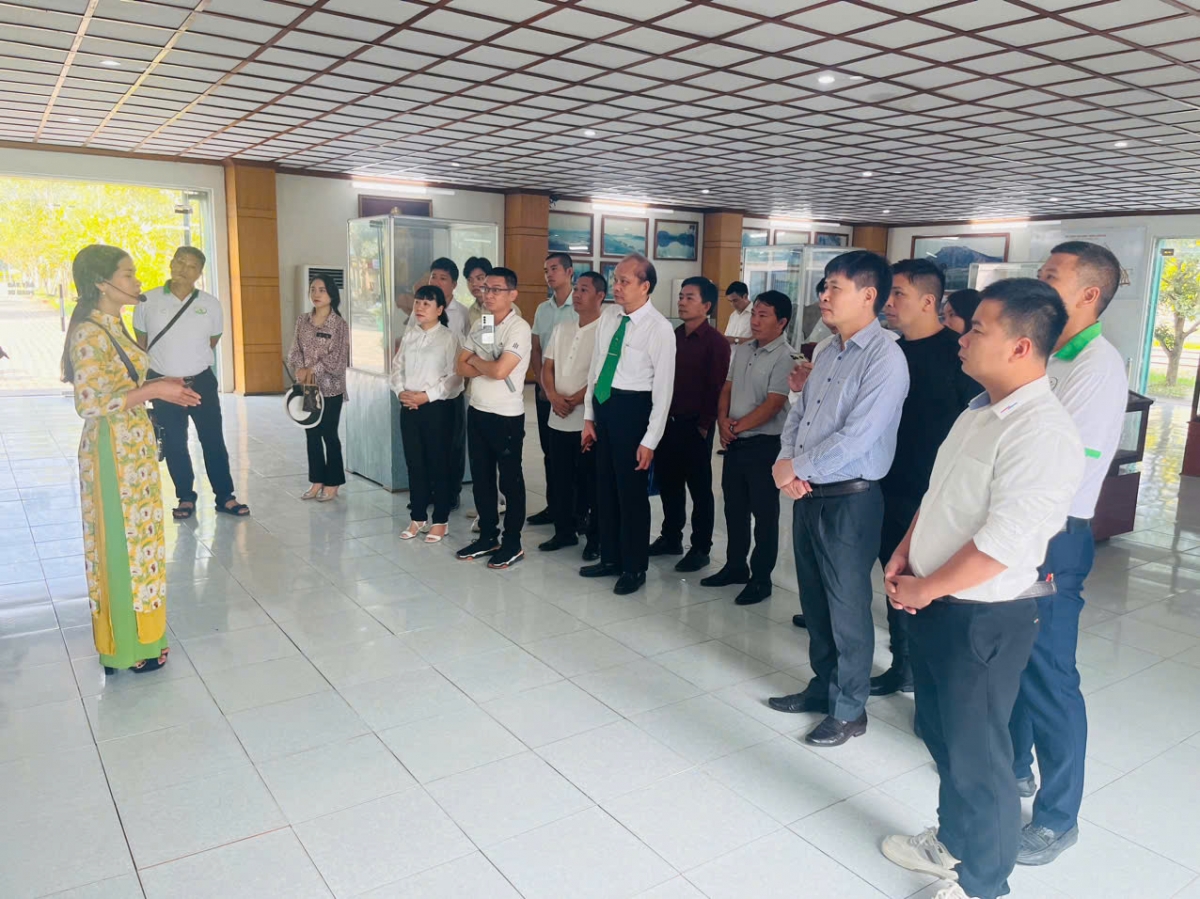
The artifacts collected from excavations and archaeology have told the cultural stories of many successive dynasties in the history of the existence and development of Tay Do citadel. To continue and promote the unchanging values from the excavated artifacts, and at the same time bring those values closer to the community and the public, the Ho Dynasty Citadel Heritage Conservation Center has put into operation "outdoor artifact display space", displaying "models of cannons and reforms of the Ho Dynasty", exploiting "space for displaying citadel stone" as a new check-in point at the South Gate. Organizing heritage education programs for students in Vinh Loc district to promote propaganda activities, education on the traditions and history of the nation, promoting positivity, dynamism, creativity in school youth through healthy learning and playing activities, contributing to orienting a beautiful lifestyle, awareness of respecting, preserving and promoting the cultural identity values of the locality, homeland, and country.
Source: https://vov.vn/van-hoa/di-san/thanh-nha-ho-nhung-phat-hien-quan-trong-duoi-long-dat-post1200317.vov



![[Photo] Prime Minister Pham Minh Chinh meets with Speaker of the Hungarian National Assembly Kover Laszlo](https://vphoto.vietnam.vn/thumb/1200x675/vietnam/resource/IMAGE/2025/10/20/1760970413415_dsc-8111-jpg.webp)
![[Photo] Da Nang residents "hunt for photos" of big waves at the mouth of the Han River](https://vphoto.vietnam.vn/thumb/1200x675/vietnam/resource/IMAGE/2025/10/21/1761043632309_ndo_br_11-jpg.webp)
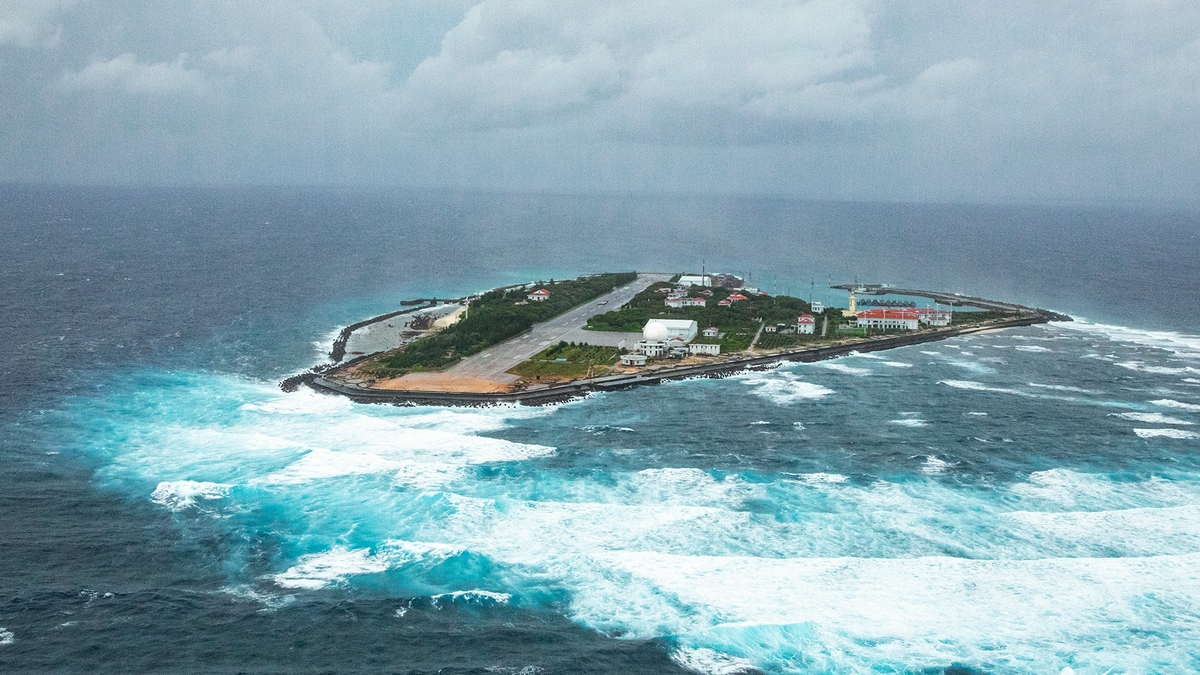
![[Photo] Prime Minister Pham Minh Chinh received Mr. Yamamoto Ichita, Governor of Gunma Province (Japan)](https://vphoto.vietnam.vn/thumb/1200x675/vietnam/resource/IMAGE/2025/10/21/1761032833411_dsc-8867-jpg.webp)

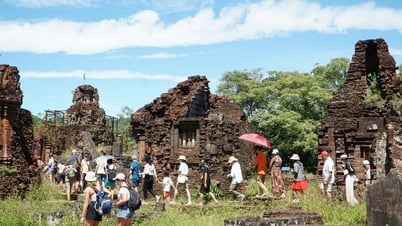



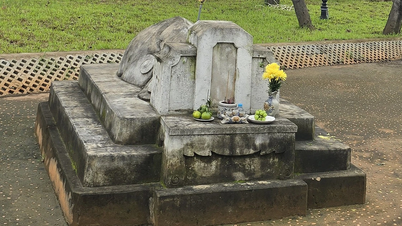







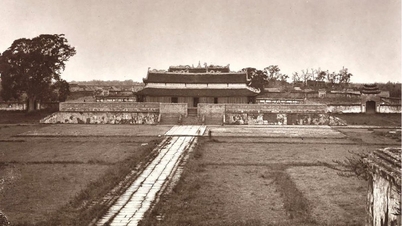





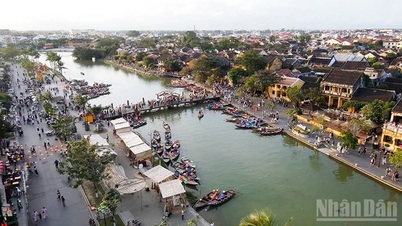
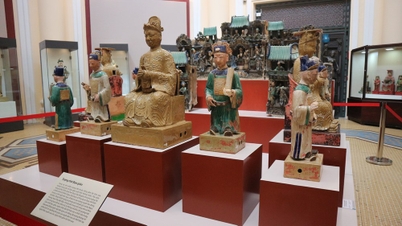
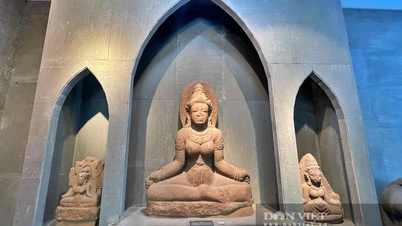




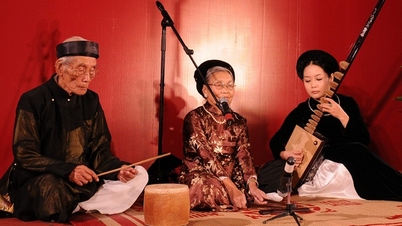




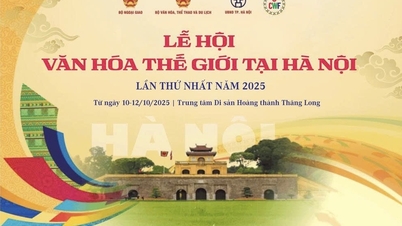
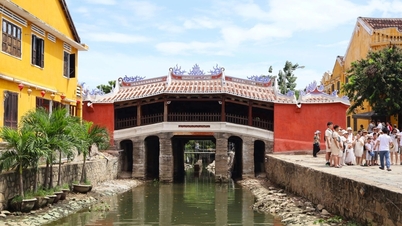


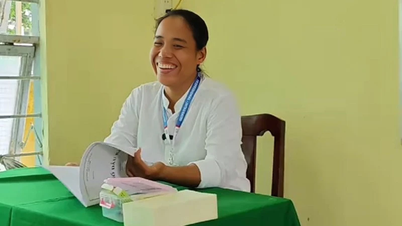
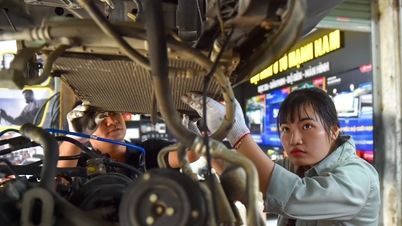



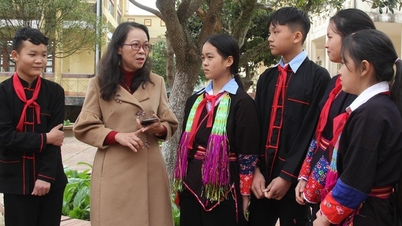

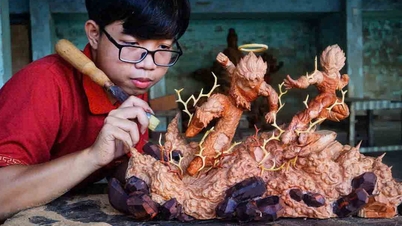



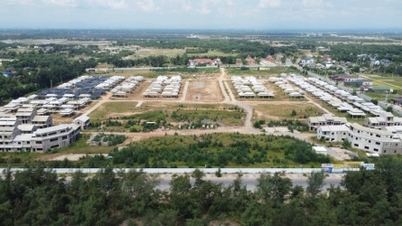








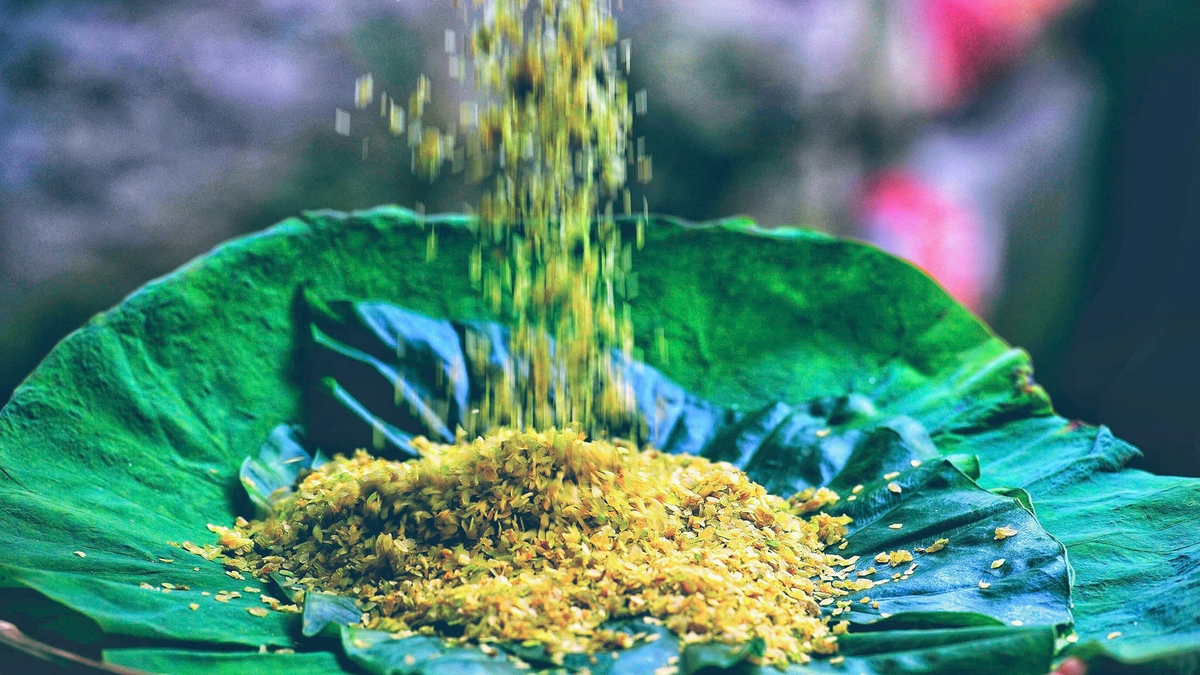


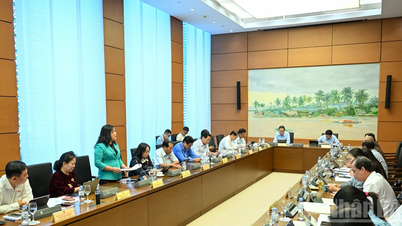

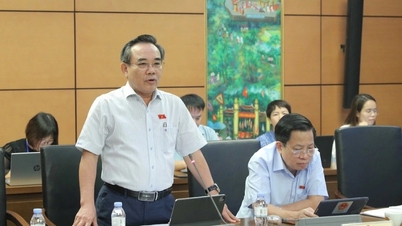
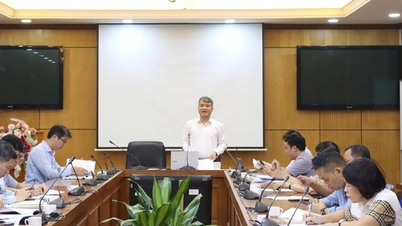
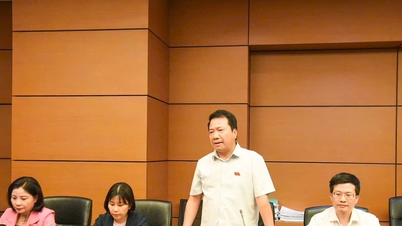

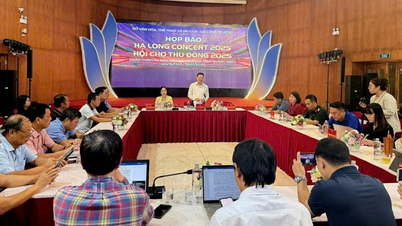


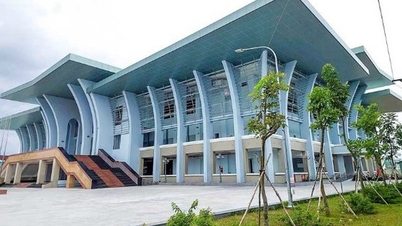

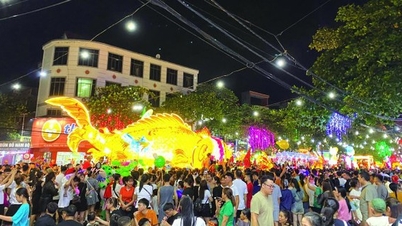

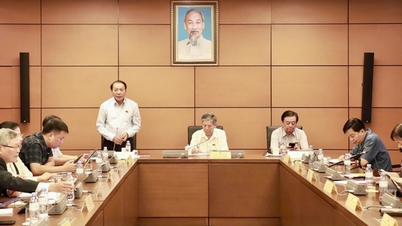


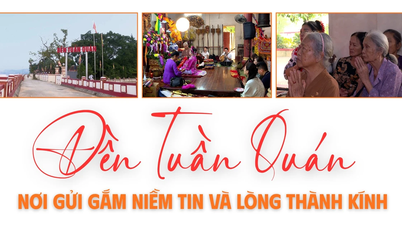

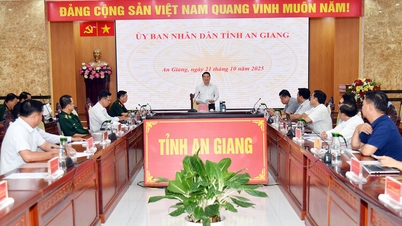

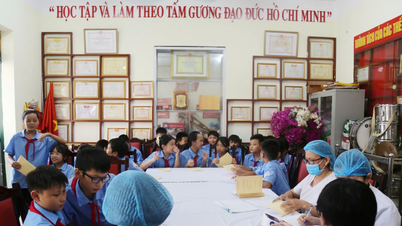
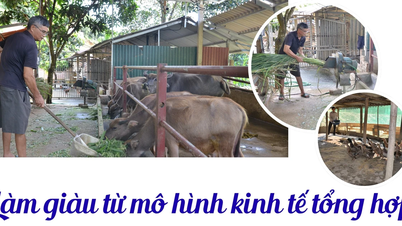
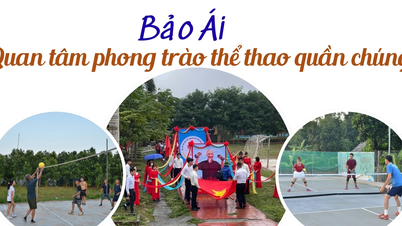






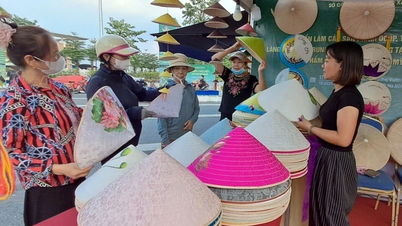
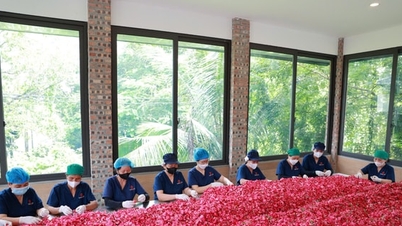






Comment (0)